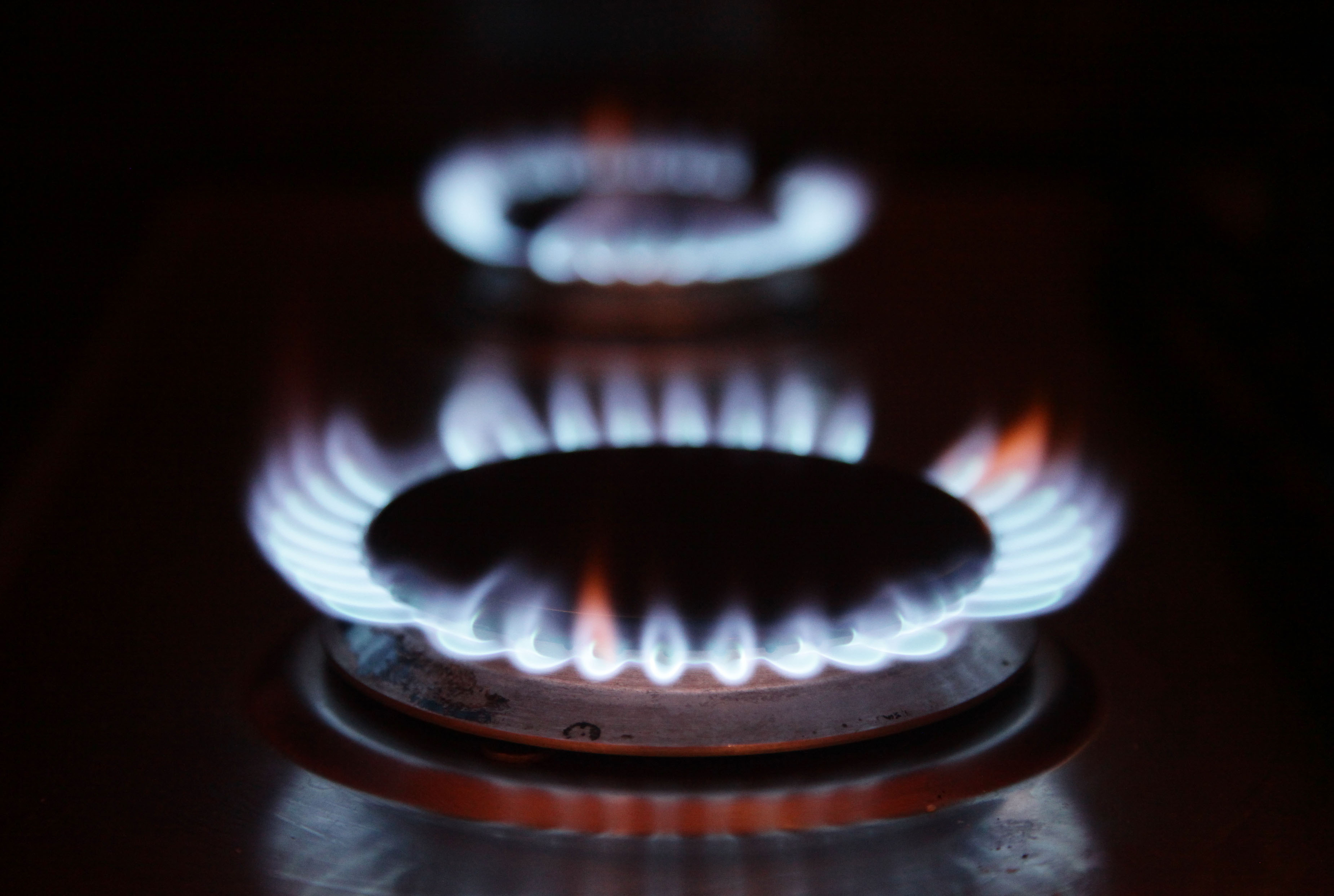
NEW research shows that Scots are missing the opportunity to save hundreds of pounds by switching their gas and electricity provider.
Almost a fifth of people surveyed (17%) have never switched and a third (33%) are under the impression their current deal is good value for money, meaning millions of households are still unwittingly overpaying on their energy bills.
The study, conducted by the UK’s leading price comparison site, MoneySuperMarket, looked at the barriers to switching energy, despite an average saving of £250 a year available for the millions of customers languishing on expensive standard variable tariffs.
Ironically, 86% of Scots said they would change provider if they could save up to £150 a year – this is at least £100 less than the average saving available by switching.
Yet what would happen if a household’s energy bill went up, as is widely expected from the Big Six suppliers in the coming weeks? A similar proportion of people (20%) would switch provider if their bill rose by up to £75 a year – half of what it would take for those Scots to switch.
Aside from savings and costs, the findings show that two in five Scots believe that the switching process is too much hassle, preventing them from taking a few simple steps to see if a new provider could save money for the whole household.
Signalling a more worrying trend, 17% don’t believe the advertised savings, suggesting that they are not going to gain what they’ve been promised when their new bill arrives.
Remarkably, one in 10 Scots avoid switching due to concerns about where their personal information will end up.
Switching myths v reality
“I’ll be left without gas or electricity during a switching process”
Energy suppliers don’t each have their own branded pipes or cables providing energy. In reality a switch is exactly that, a seamless transfer between suppliers that you’ll hardly notice
“I’m renting so I’m not able to switch suppliers”
As long as the bill is addressed to you and you’re the one paying for it, you can change suppliers – but it is worth informing your landlord for their records
“I’ve signed up to a fixed tariff, so I can’t change to another deal”
A fixed tariff means that the unit prices for gas and electricity won’t change for a set period of time – however, peace of mind can cost a little more. If you want to switch tariffs, you can, just watch out for exit fees
“It takes way too much effort to switch energy providers”
It can take just five minutes to switch, just enter your postcode online and fill in your energy habits – save up to £250 a year for five minutes work
“I have a pre-payment meter so am unable to switch”
As long as you don’t have £500 or more debt on the meter you can switch. However, bear in the mind that the best deals are only available for people with credit meters
Interestingly, while only 9% of Scots overall see changing to a renewable or greener energy provider as a positive motivator for switching, this rises to a fifth amongst those aged 18 to 24. The younger generation think of green energy as a stronger stimulus, with 21% claiming that it would be a factor in convincing them to switch provider.
Stephen Murray, energy expert at MoneySuperMarket, said: “What’s interesting about the research is that people claim their tipping point to switch ranges from savings of £75 to £150 – yet they could actually save a much higher £250 on average by switching to a fixed rate tariff on a price comparison site today.
“The research also shows that many consumers perceive switching as a hassle. In reality, switching provider only takes five minutes and the cost of not switching from an expensive standard variable tariff far outweighs such as small investment of time.
“While it’s interesting to dig down into the reasons why many Brits aren’t making the switch, it’s also reassuring to see the younger generation is much more motivated by switching to a more environmentally friendly energy supplier – hopefully the future of British energy will be green!”
Households can take control of their energy bills and demystify the process of switching by visiting MoneySuperMarket’s “Why Aren’t More People Switching Energy Provider?” page.

Enjoy the convenience of having The Sunday Post delivered as a digital ePaper straight to your smartphone, tablet or computer.
Subscribe for only £5.49 a month and enjoy all the benefits of the printed paper as a digital replica.
Subscribe